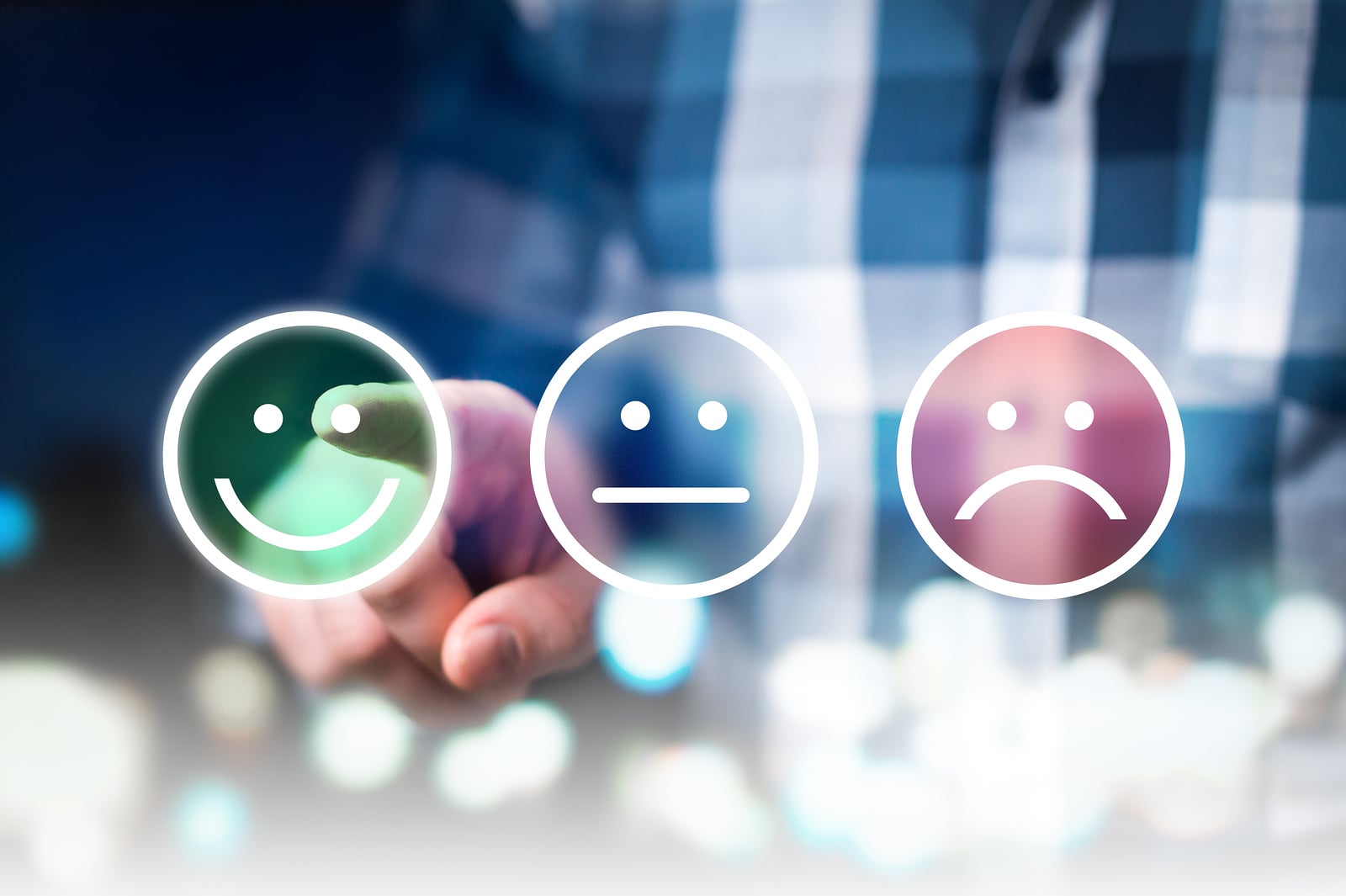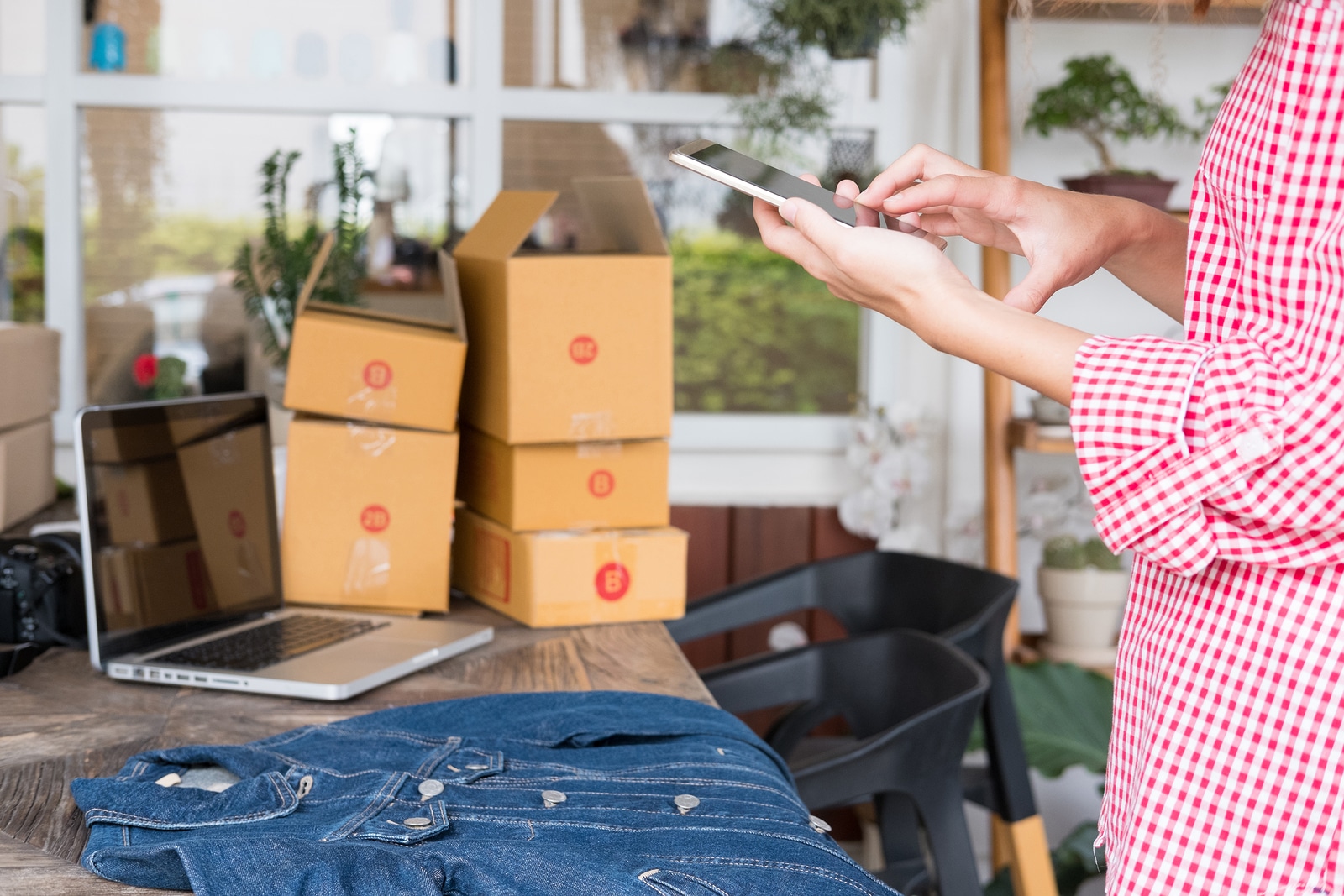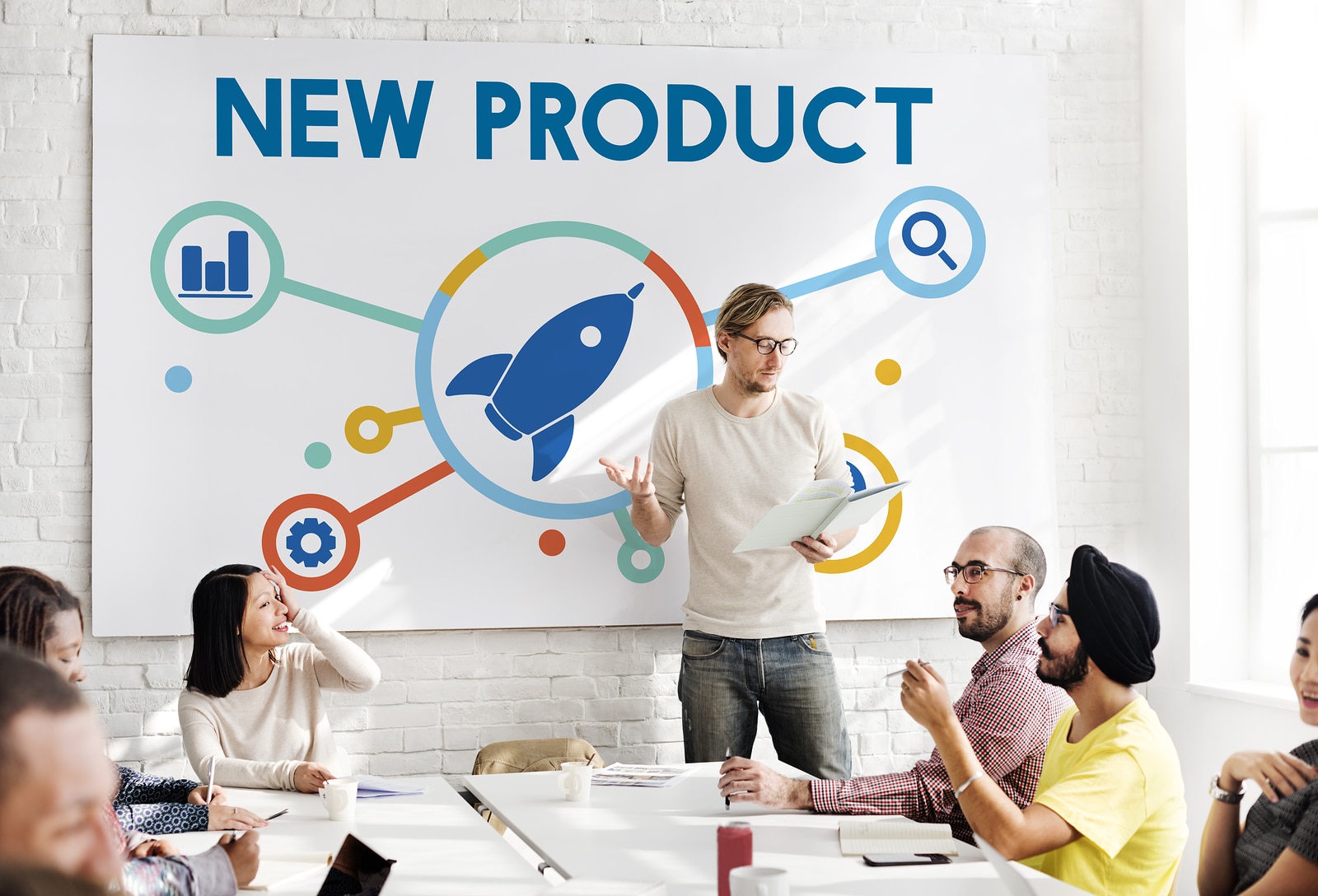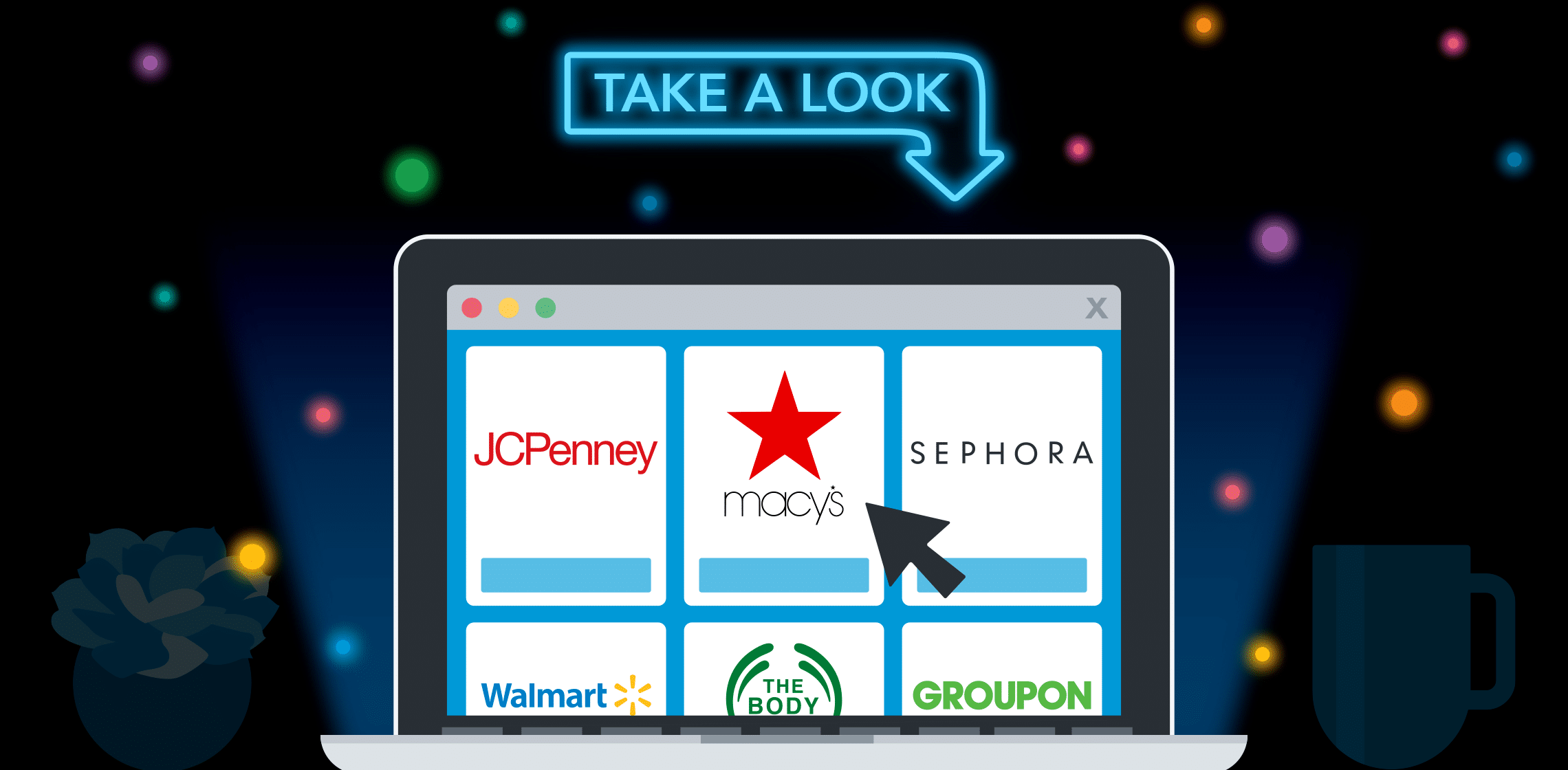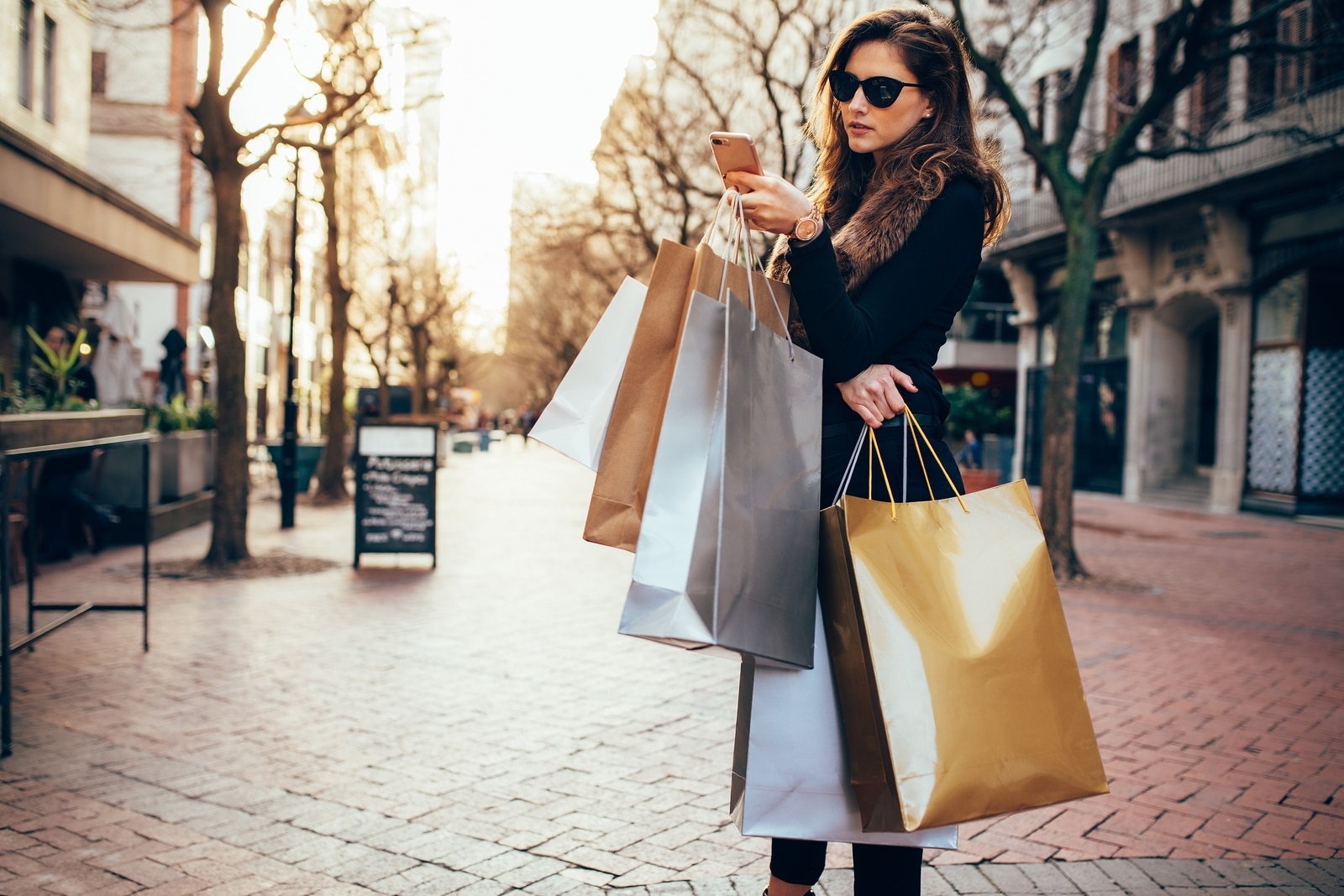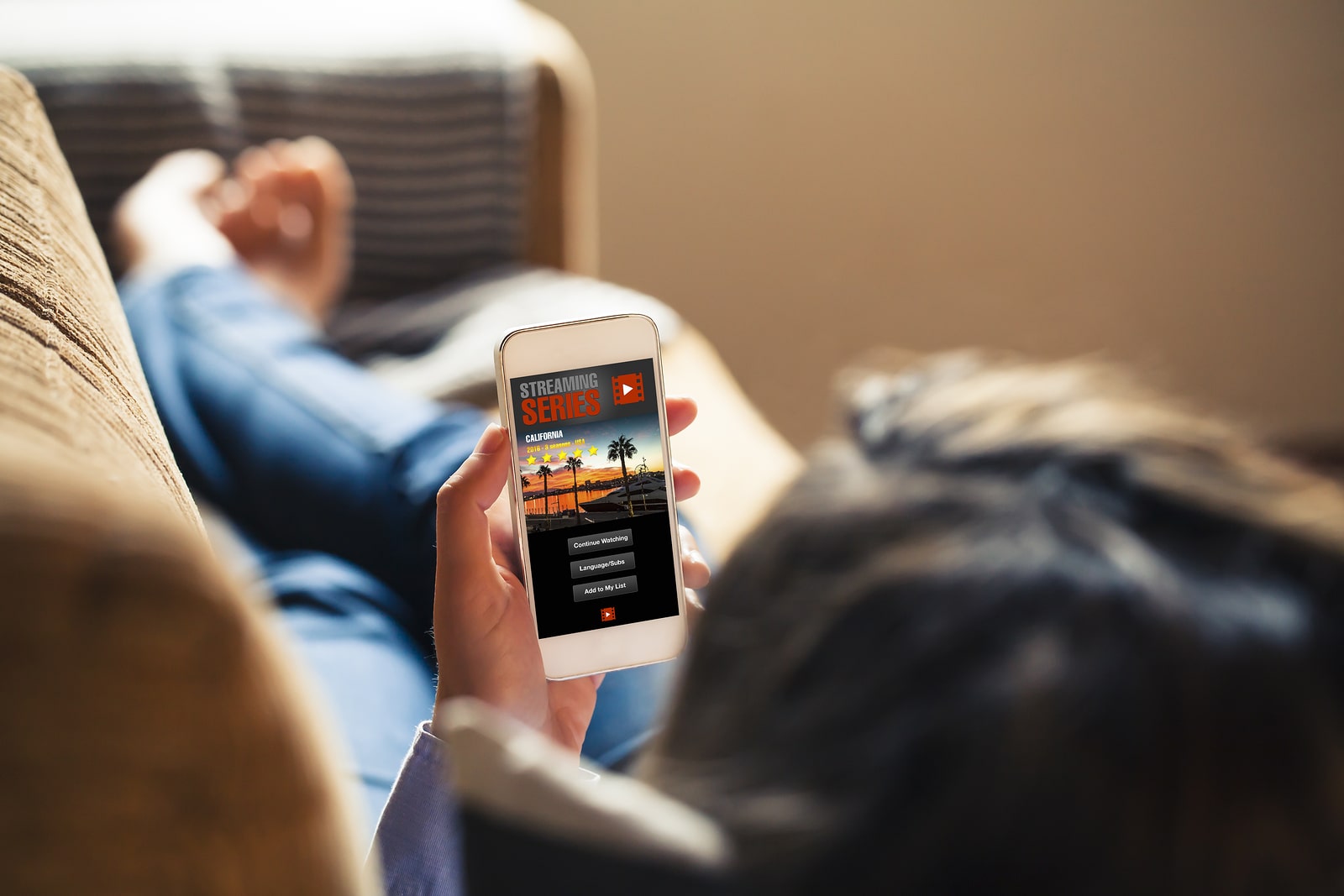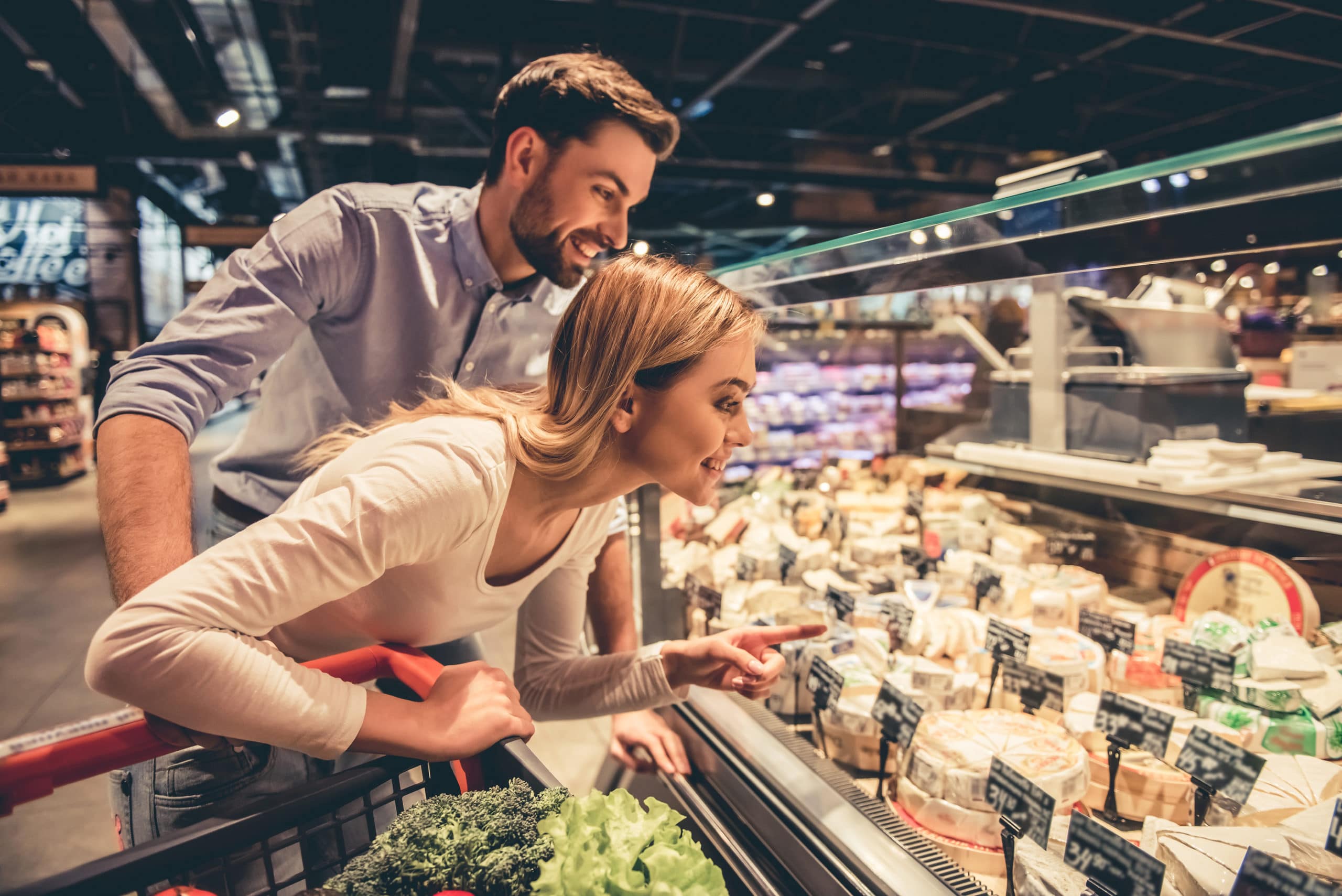Mobile app marketing offers an excellent opportunity to improve customer experience. Continue reading “How to improve customer experience in the aisle with third-party apps”
Category: CPG
Why apps are the future of mobile commerce
Innovative mobile apps are laying the groundwork for the future of mobile commerce. Continue reading “Why apps are the future of mobile commerce”
The ultimate 3-step new product launch checklist
When preparing to go to market, a new product launch checklist is imperative. Continue reading “The ultimate 3-step new product launch checklist”
Why your CPG product launch plan should include a third-party app
A third-party app is more than just a marketing medium: It can be an invaluable part of a product launch plan. Continue reading “Why your CPG product launch plan should include a third-party app”
Mobile commerce trends in 2018: Is your brand ready?
We live in an exciting time for mobile technology. Not only are consumers able to access the Internet from their phones, they can also connect via newer connected devices, such as wearables and smart speakers. Continue reading “Mobile commerce trends in 2018: Is your brand ready?”
The CPG ecommerce trends shaping the 2018 consumer packaged goods landscape
Rewarding consumer experiences anytime, anywhere
Bill Demas, Chief Executive Officer
Our vision as a company is to create rewarding consumer experiences for our users anytime, anywhere. We are taking another step in fulfilling that vision today by releasing a web version of Shopkick. This gives users more ways to earn kicks and discover new products, brands and services.
For our partners, the expansion to desktop completes our omnichannel solution, offering deeper insight into consumer behavior across channels and throughout the fragmented shopping journey. Brands and retailers now have the opportunity to reward our users for shopping across desktop, mobile and brick and mortar.
Launch partners include Walmart, Macy’s, Groupon, JCPenney, Sephora, Sam’s Club, Payless, the Body Shop, Stride Rite, Ann Taylor, Loft, Nordstrom, Francesca’s, Lane Bryant, Foot Locker, Sur La Table, and See’s Candies. In addition, we continue to expand our online merchants in the Shopkick app. Most recently we have added Asos, eBags, Etsy, Fandango, the Home Shopping Network, Hulu, Lane Bryant, and Living Social.
Stay tuned for more announcements coming soon on our exciting product roadmap! To learn more about our new e-commerce offering, get in touch at partners@shopkick.com.
If you have any feedback on this new initiative or any other Shopkick omnichannel solution, send me your thoughts at ceo@shopkick.com.
App-based marketing: definitions and drivers for success
There is no one app-based marketing definition. Instead, there are hundreds of different kinds of campaigns that revolve around apps. Continue reading “App-based marketing: definitions and drivers for success”
When marketing to millennials, turn to apps
Marketing to millennials requires focusing on mobile app marketing strategies, as mobile is where the millennial audience gathers. Continue reading “When marketing to millennials, turn to apps”
The 3 reasons why video marketing works
When examining why video marketing works, brands need to think like a consumer. Continue reading “The 3 reasons why video marketing works”
Is CPG advertising ready for the digital age of shopping?
In CPG advertising in the past, much of the marketing was done through retailers via in-store advertisements and shelf placement. Retailers acted as middlemen that passed the CPG products to the masses. Direct to consumer sales was not an area most CPG brands spent time on. That all changed with the arrival of the digital age of shopping, where CPG brands are able to reach consumers directly. Massive platforms like Amazon now allow companies to place their products but, for the most part, don’t take responsibility for the advertising of those products. Here then, many CPG brands are unprepared to compete because they’re unaware of how to gain the most advantageous digital shelf space.
 Whether customers purchase a product from an online market, buy it direct, or just learn about it online, most CPG brands are going to experience some level of online interaction with a product prior to a sale. Many CPG brands are struggling to get past the days when advertising was one-sided and did not require engagement with consumers. However, some of the most traditional CPG brands have found ways to stay relevant and develop rapport with consumers by advertising as much as major retailers. By taking a consumer-first approach to CPG advertising, brands will be better able to adjust to the market as consumer behaviors change.
Whether customers purchase a product from an online market, buy it direct, or just learn about it online, most CPG brands are going to experience some level of online interaction with a product prior to a sale. Many CPG brands are struggling to get past the days when advertising was one-sided and did not require engagement with consumers. However, some of the most traditional CPG brands have found ways to stay relevant and develop rapport with consumers by advertising as much as major retailers. By taking a consumer-first approach to CPG advertising, brands will be better able to adjust to the market as consumer behaviors change.
The CPG Industry’s Slow Progress to Digital Sales
Many industries made the transition to the Internet so quickly that certain positions became obsolete. Think of the travel industry, where travel agents quickly found themselves displaced by online flight scheduling websites. This was because the Internet changed who the gatekeepers were—an impact felt in just about every industry. One category of goods, however—the CPG category—remained primarily offline until the early 2000s for several reasons, including:
- Market segmentation: The CPG market is unique because of how many products it encompasses. The companies behind those products are as diverse as the products they represent. Small challenger brands that provide niche products are competing with large global conglomerates with thousands of items in their portfolios.
- Retail limitations: CPG products were traditionally viewed as items to be sold through a retailer. In the early days of the Internet, there was little point in CPG brands attempting to garner direct sales specifically because of the product distribution models that existed for brands at the time.
- Shipping costs: CPG products tend to have low price points, many times so low that the cost of shipping would actually exceed the cost of the product. As such, purchasing a single CPG product online then having it shipped made little fiscal sense to either consumers or brands.
Advances in technology helped CPG brands overcome these barriers to entry. E-commerce websites made it easy to browse and buy products while consolidating shipping costs. Stores began relying on mobile to help consumers browse their shelves and order items for pickup. Geotracking and digital marketing now offer opportunities for brands to target consumers more specifically. It’s clear the digital market has adjusted itself for the entry of CPG brands. Now, CPG brands need to reevaluate their advertising to determine if their company is ready to take advantage of those adjustments.
CPG Advertising Success With Direct to Consumer Strategies
One nearly iconic detergent company was able to stand out in its category by shifting its focus from advertising at consumers to engaging with them. About two years ago, the Clorox Company chose to focus heavily on digital commerce and increased business in that channel by 50%. They used mobile advertising and social media campaigns and worked with digital platforms directly to increase sales in this category.
This CPG marketing strategy was done in anticipation of the digital sales route growing. The company is now connecting with the consumers directly on the same level as retailers like Walmart, Target, and CVS. By shifting advertising strategies to engage directly with consumers, rather than going through a retailer, brands can create a lasting connection with the consumer, regardless of where they do their shopping. Often, these advertising strategies center around:
- Being tech forward: One of the key people in the Clorox story was their chief marketing officer, who was intensely focused on the future of ordering. He was heavily invested in emerging technology and solutions like voice-based ordering and smart speaker advertising. His focus was not because these programs are big now, but rather due to a belief that they would be major avenues of purchase 10 years in the future. Delivering a new consumer experience, before the consumer even knows they want it, is an essential step for brands that want to stand out.
- Engaging consumers in-store: Many CPG brands are using shopping apps to engage with the consumer as they’re in the shopping aisle. Using incentives like rewards points delivered via a mobile app is a strategy that works for CPG brands, who get even more of a return than a discount might offer, without the same margin impact the discount would have. This is because consumers often perceive rewards points as having greater value than their actual dollar amount. That’s in part a result of the emotional return they provide. Shopkick, for example, offers a gamified app that consumers can use to scan and purchase items in-store and online and gain kicks that can be exchanged for gift cards. This engages the consumer twice: at the time of purchase and when they’re trading in those points for the gift card.
- Going direct to consumer: This is one of the biggest shifts in today’s CPG marketing trends. In the past, consumers had to go to the CPG brand, seeking out a favorite brand’s product in the store. This created a challenge because the first time the consumer saw the brand’s product was when it was on the shelf, next to competitors, many of which were lower cost or more visibly prominent. Today, CPG brands can proactively engage these consumers before they reach the store, which helps the product stand out. For example, brands can connect with consumers directly on social media channels and via mobile apps.
CPG advertising strategies need to be designed to work both in brick-and-mortar locations and through digital platforms in order to capitalize on an increasing direct sales market. Advertising should travel to the consumer rather than wait for the consumer to come to the brand. By connecting with consumers via mobile apps, social media, and other digital avenues, brands can proactively reach their target market.
CPG brands need to be prepared to move faster in developing their marketing strategies than they did in the past, in part because consumers’ physical and digital worlds are starting to merge. Using mobile app-based marketing as part of a consumer engagement campaign can help position CPG advertising to meet the demands of shoppers in the digital age.
Shopkick offers our partners the ability to travel with consumers through an engaging app designed to drive sales in the store and online. For more information, contact us.
Image courtesy of Rawpixel.com
Grocery retail apps: Why they attract millennials to CPG brands
Gaining millennial interest for a CPG brand is a common challenge marketers face. Grocery retail apps could be the answer. Millennial purchase behaviors are often erratic, not due to the fact that millennials themselves are erratic, but because of their reliance on technology.
 Currently, millennials make up one of the largest buying groups in existence. Understanding their behavior is the key for CPG brands to maintain their relevance and their market share in today’s crowded marketplace. Millennials are the first generation to grow up with access to the internet. They use it as a tool to influence their everyday purchase decisions. Because of that fact, the internet has a profound impact on their buying behaviors.
Currently, millennials make up one of the largest buying groups in existence. Understanding their behavior is the key for CPG brands to maintain their relevance and their market share in today’s crowded marketplace. Millennials are the first generation to grow up with access to the internet. They use it as a tool to influence their everyday purchase decisions. Because of that fact, the internet has a profound impact on their buying behaviors.
CPG brands that want to attract their attention must be willing to do so through technology—specifically, through retail in-store apps. Grocery retail apps can help a brand connect with a millennial audience, often simply by being conveniently available to consult as they make their purchase decisions.
How Millennials Shifted the Marketing Paradigm
Chances are, you’ve noticed how important the smartphone is to millennials. The average millennial touches their phone 150 times a day. This behavior doesn’t mean they’re addicted to their cell phones, per se; instead, it’s due to the fact that the smartphone is this generation’s television. It doesn’t just provide entertainment, it connects them to the world.
Millennial-focused marketing is a major paradigm shift for many marketing and advertising professionals because social media and digital marketing have created a more transparent and direct connection between brands and these consumers. Millennial shoppers also have more access to information period, whether that information is about international politics, financial matters, or new trends and products. Because of the major role the internet has played in their lives, millennials typically are:
- Socially responsible: The first Earth Day was held in 1970 but it didn’t gain widespread popularity until the early 80s, which is when the first millennials were born. Millennials grew up with an environmental conscientiousness that wasn’t seen in generations that came before them. As a result, brands that focus on digital marketing, which does not unnecessarily waste resources, tend to resonate well with them.
- Fiscally savvy: About one-third of millennials have a financial or savings plan in place. That far exceeds the planning of older generations, including Generation X and even baby boomers. Millennials seem to have learned from the mistakes of those who came before them, planning for retirement early and keeping unnecessary spending down.
- Highly sensitive to scarcity: Because of their easy ability to access up-to-the-minute information on just about everything, millennials are more easily impacted by scarcity, otherwise known as the “fear of missing out,” or FOMO.
Millennials depend on technology to help them make informed decisions. They are open about sharing their signals of purchase intent if it makes their brand experience better. In the past, the internet may have been used as a resource for researching high-ticket items. However, because millennials live in an age flush with accessible data, even their small dollar purchase decisions are likely to be impacted by the abundance of information they can conveniently access. This is why grocery apps act as such a major persuader to the millennial market.
Using Grocery Retail Apps to Impact Millennial Purchase Decisions
Millennials don’t just want to buy from a brand; they want to create a relationship with that brand. They are attracted by brand awareness campaigns that create a real and genuine relationship. This is why mobile marketing is such a powerful purchase influencer for them as it:
- Offers Rewards: Apps like Shopkick, a retail shopping rewards app, provide recognition for making smart purchase decisions in the form of reward points that users can later redeem for gift cards. This acts as an efficient purchase driver as, often, the perceived value of these kicks is even higher than the dollar amount they cost marketers.
- Creates a social environment: Users of grocery shopping apps, like Shopkick, are encouraged to share their shopping and saving experiences online via Facebook and other popular social platforms. This creates a community of fiscally savvy consumers who discuss money-saving tips.
- Communicates in the moment: As already discussed, millennial consumers touch their phones hundreds of times a day. An app that can connect with them as they’re in the shopping aisle is extraordinarily effective for gaining brand recognition.
- Extends social responsibility: Digital apps offer a benefit that paper circulars and advertising materials can’t: They’re scalable and responsible. That means that millennials don’t have to worry about the waste involved with paper coupons or offers—and brands don’t have to spend money printing materials.
Today’s millennial consumers are not coupon clippers, but they are fiscally intelligent. They want to save money while they’re saving the environment. This is why grocery retail apps are so appealing to this group. They allow shoppers to collect the rewards that make them feel fiscally responsible while limiting the waste of paper coupons or rebates.
Millennial shoppers are informed shoppers. They don’t want to just buy from a CPG brand, they want to know more about the brand than the product they sell. They want to know where that product came from, how it was sourced, and how it can make their lives better. Marketing to the millennial consumer is therefore not just about sales; it’s about providing a free exchange of information. Using technology, brands can better express their sustainability methods, money-saving ideas, and incentivized sales in a way that truly resonates with these new consumers.
Shopkick offers a platform for fiscally savvy millennials to explore while our partners get the opportunity to interact more thoroughly with this unique consumer base. For more information on how our platform creates relationships with today’s millennial consumer, contact us today.
Image courtesy GeorgeRudy

